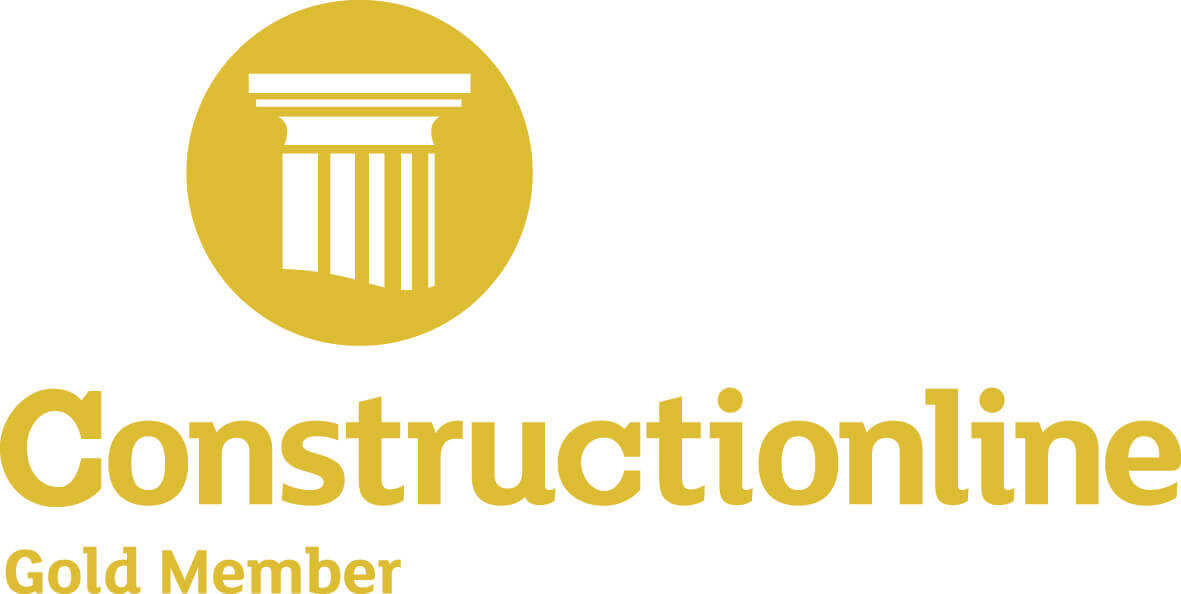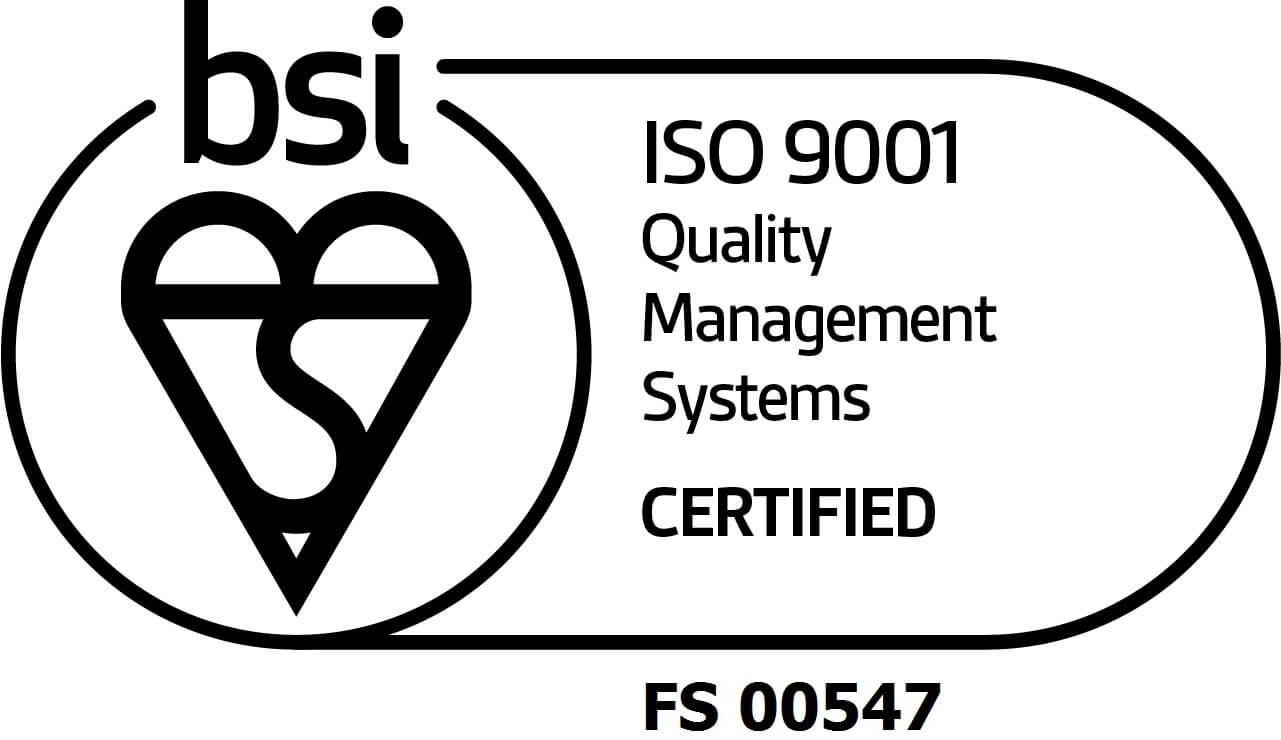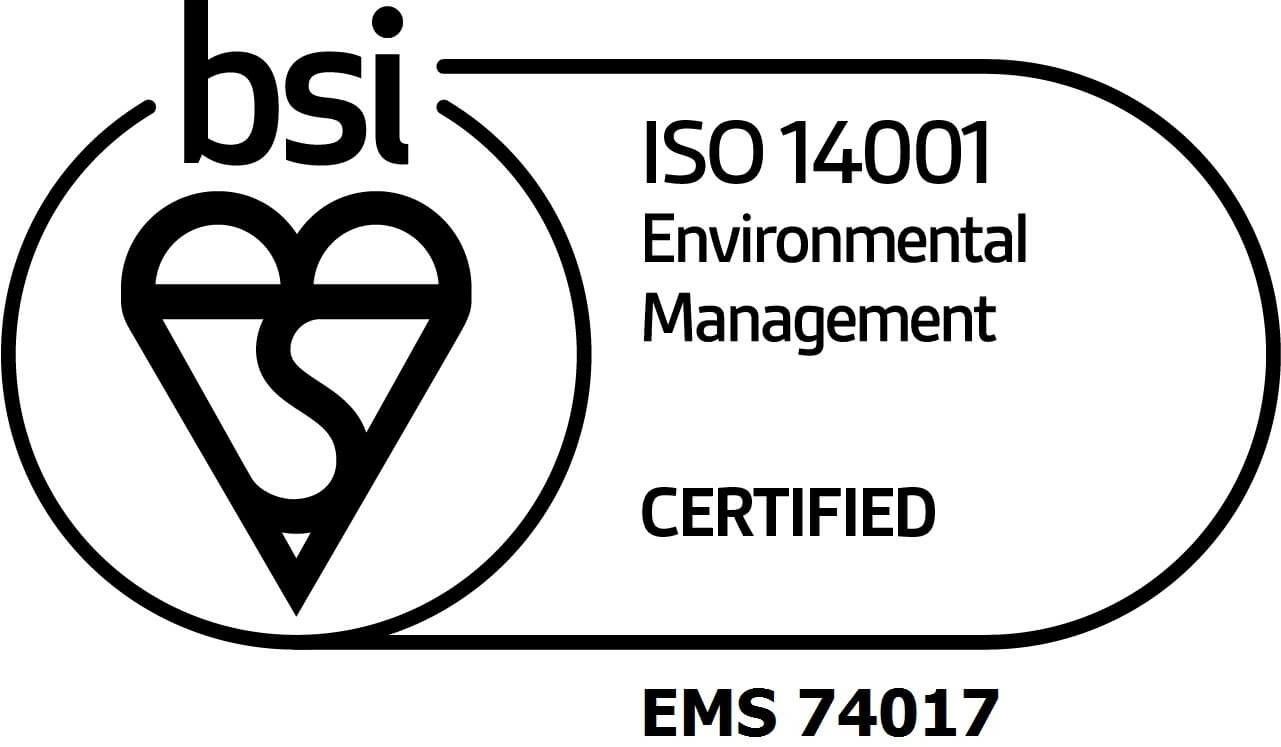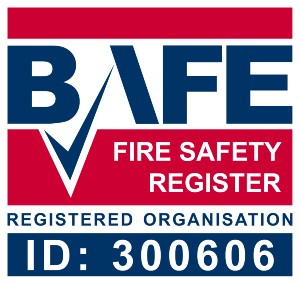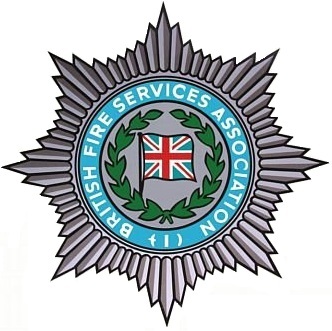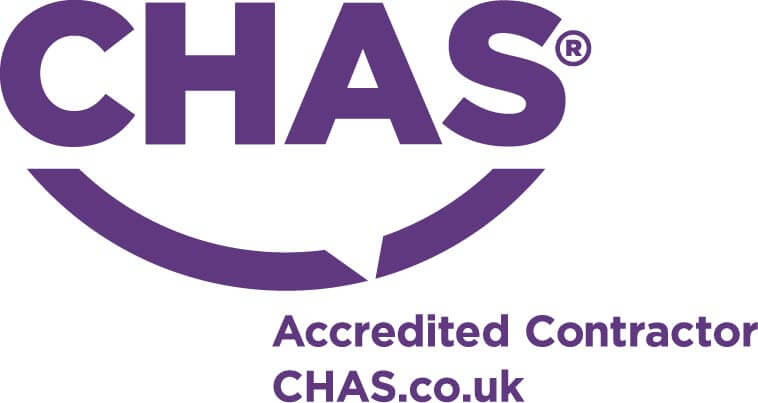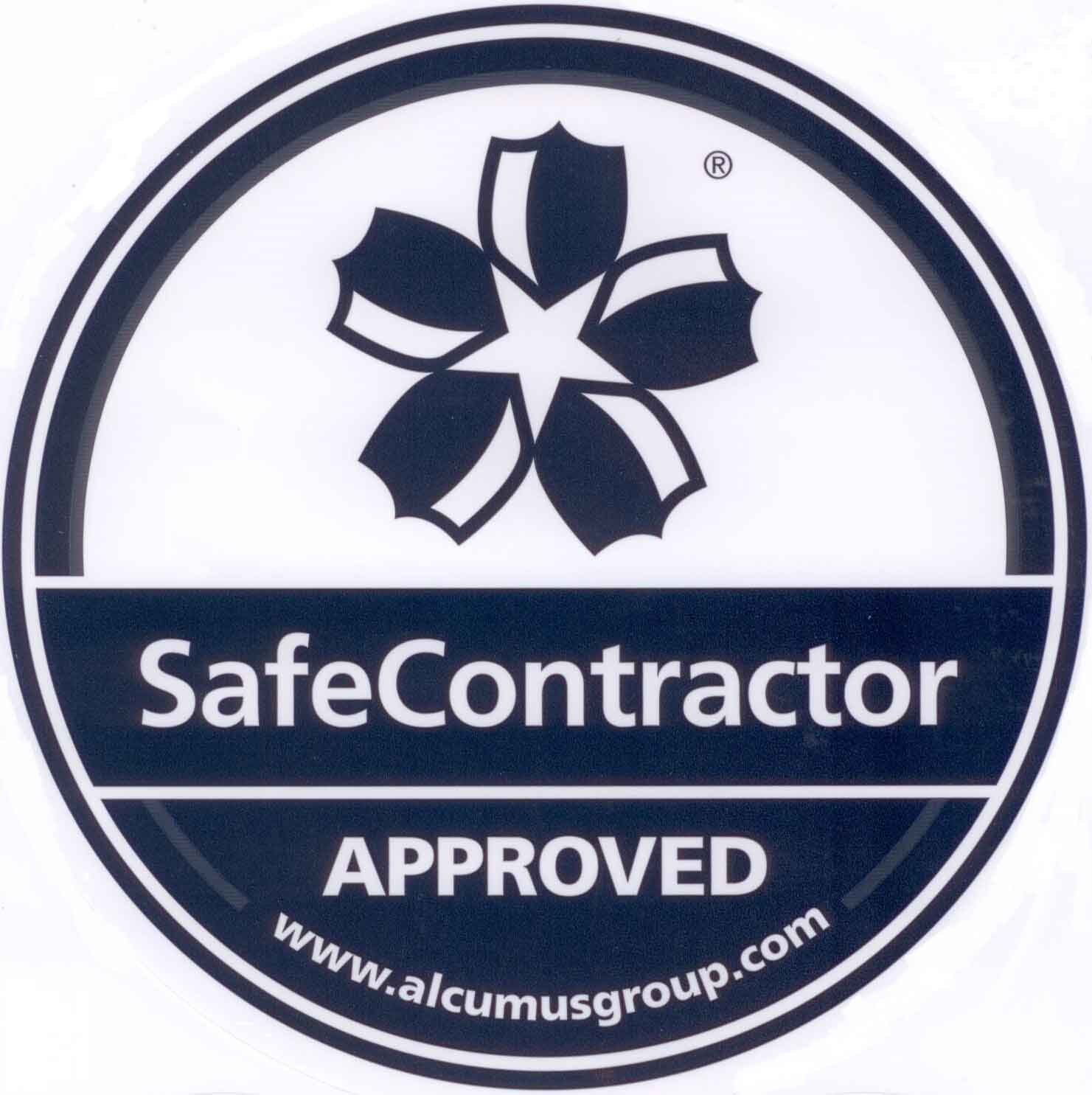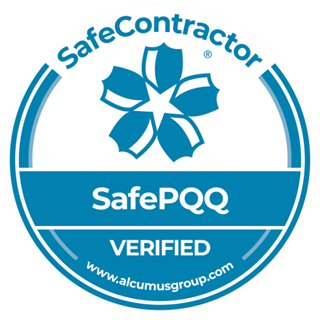How Dangerous is Carbon Monoxide?
The simple answer to this question is: very!
Carbon monoxide is poisonous and, when ingested in high enough quantities, can prove fatal in just minutes. In fact, Dame Sally Davies, chief medical officer for England, once referred to carbon monoxide as the ‘silent killer’ – a nod to its easily unnoticed yet deadly effects.
Government statistics released in 2011 claimed that every year in the UK 4000 people go to A&E with carbon monoxide poisoning. Of these 4000, 200 people are hospitalised and, sadly, approximately 50 will die.
This statistic is all the more shocking due to the fact that carbon monoxide poisoning is completely avoidable. The Government suggests that “winter is the season when incidences are at their height” and this is because of the increased use of heating appliances in the home. However, awareness of what it is, how it affects you and how to avoid it will keep you as safe as possible from the threat of CO poisoning this season…
What is carbon monoxide?
Carbon monoxide is an odourless, colourless, tasteless gas produced by the incomplete burning of carbon-based fuels. Although carbon-based fuels (such as gas, oil, wood and coal) are safe, when the fuel does not burn properly excess CO is produced. If CO from these sources is then allowed to build-up in enclosed or semi-enclosed areas, people and animals can be poisoned by the toxins.
Common sources of carbon monoxide include faulty central heating systems, gas appliances and fires. Blocked flues and chimneys also pose a huge carbon monoxide hazard as they don’t allow the gases from your fire to escape.
What are the symptoms of carbon monoxide poisoning?
According to the NHS, the most common symptoms of carbon monoxide poisoning include:
- Headaches
- Dizziness and nausea
- Vomiting
- Stomach pain
- Shortness of breath and difficulty breathing
The problem with these symptoms is that they are often more commonly associated with other illnesses, such as food poisoning and flu. However, unlike flu, CO poisoning does not cause a high temperature. One of the most important things to look out for is if your symptoms become more or less severe depending on where you are. For example, if your symptoms fade when you leave home but return once you’re back, it’s likely you are being subjected to carbon monoxide in your house.
The longer you inhale carbon monoxide, the worse your symptoms will become. Further, more serious, symptoms of CO poisoning include:
- Confusion
- Loss of memory
- Co-ordination problems and loss of balance
- Loss of vision
- Vertigo
- Breathlessness
- Seizures
- Loss of consciousness
How can you prevent carbon monoxide poisoning?
The fact that carbon monoxide is undetectable, and that the symptoms of carbon monoxide poisoning are extremely ambiguous, means you must make sure you do everything possible to prevent the production and build-up of the gas. You can easily minimise the risk of exposure in your home by following this simple advice:
- Your heating system, water heater and any other gas, oil or coal burning appliance should be serviced by a professional technician every year.
- Don’t use a generator, charcoal grill, camp stove or other gas or charcoal burning device inside your home, basement or garage or near a window.
- Don’t run a car, van, motorbike or lawn mower in a closed garage or in a garage attached to your house, even if you leave the door open.
- Don’t burn anything in a stove or fireplace which isn’t properly invented.
- Make sure your chimney and flue systems are inspected yearly.
- Don’t heat your house with a gas oven.
- Make sure you install and regularly maintain high quality carbon monoxide alarms.

